PPT-SAT Prep Sentence Completion
Author : myesha-ticknor | Published Date : 2018-11-04
Overview Sentence completion questions make up the first eight questions out of the larger comprehension sections so they constitute a large portion of your overall
Presentation Embed Code
Download Presentation
Download Presentation The PPT/PDF document "SAT Prep Sentence Completion" is the property of its rightful owner. Permission is granted to download and print the materials on this website for personal, non-commercial use only, and to display it on your personal computer provided you do not modify the materials and that you retain all copyright notices contained in the materials. By downloading content from our website, you accept the terms of this agreement.
SAT Prep Sentence Completion: Transcript
Download Rules Of Document
"SAT Prep Sentence Completion"The content belongs to its owner. You may download and print it for personal use, without modification, and keep all copyright notices. By downloading, you agree to these terms.
Related Documents

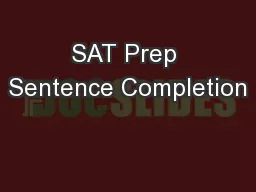


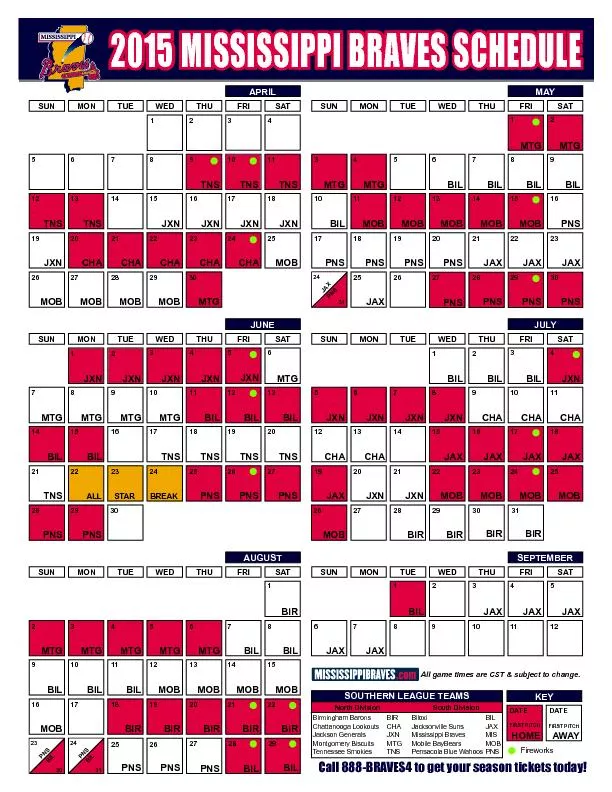
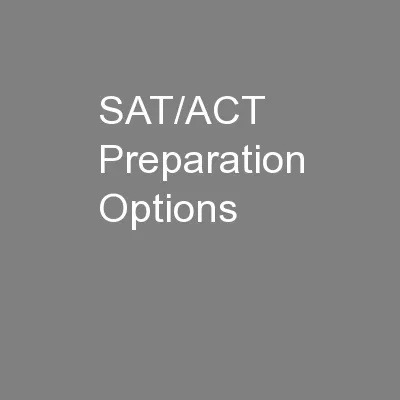
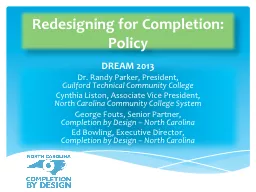

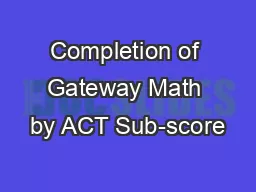
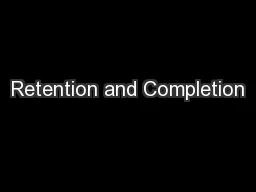
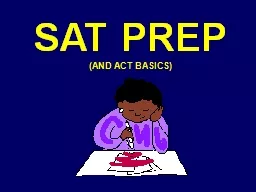
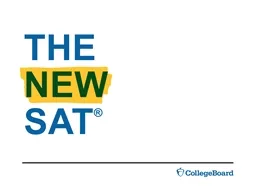
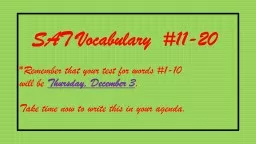
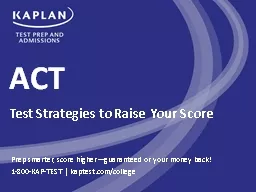
![[DOWNLOAD] KALLIS\' Redesigned SAT Pattern Strategy 3rd Edition: 6 Full Length Practice](https://thumbs.docslides.com/1006036/download-kallis-redesigned-sat-pattern-strategy-3rd-edition-6-full-length-practice-tests-college-sat-prep-study-guide-book-for-the-new-sat.jpg)